Creating an Inclusive and Accessible Playground
In UK schools, there is often a wide range of ages and abilities. Therefore, an accessible playground needs to be slightly more varied to suit everyone.
In a lot of cases, schools will be working with limited space. So PlaySmart have put together a guide to creating the perfect playground that caters to all ages and abilities.
Identify your age range
The first place to start should be identifying the age range of the children using your playground. Is it primary school, secondary school, or perhaps even nursery or reception?
Children’s ages will determine the equipment they can use and the kind of surfacing they can play on. This is because of their different stages of balance and dexterity development. Some of your equipment may be is inappropriate for younger children, due to less developed motor skills. This should be away from younger children and supervised appropriately to ensure it is only used by older children.
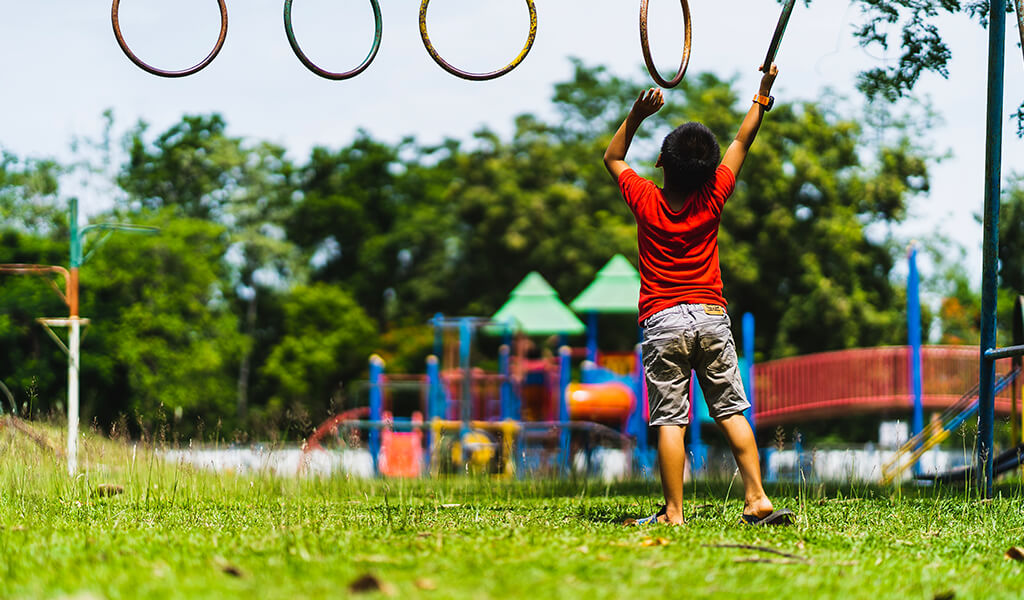
Consider zoning your playground
It might be a good idea to separate your inclusive playground into age-related zones. These are accessible playground zones where children of different age groups can play with less risk of injury. Older children will naturally play a bit rougher than younger children, and with more developed muscle groups and motor skills. Therefore, the chances are they will be faster and stronger than younger children. If your school has the capacity, why not consider splitting the school into two different playgrounds?
In primary schools, Year 1-3 could have one playground and Year 4-6 another, and likewise in secondary schools. This keeps playtimes separate so children can play with those of similar abilities. This also means more equipment appropriate to age can be installed.
However, if your school doesn’t have the capacity for two playgrounds, consider ways of zoning your playground into two. Perhaps the middle of the playground could be divided by some markings, like a hopscotch or snakes and ladders for example. This visual could serve as the dividing line between the younger and older children’s play area.
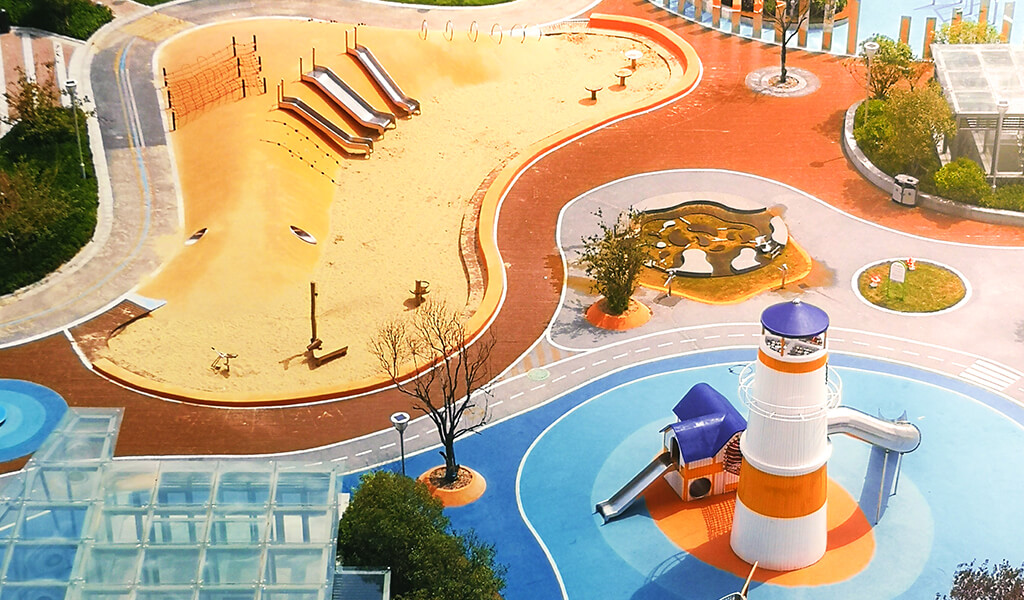
Playground Equipment
Speaking of playground equipment, how do you know which equipment is best suited to certain ages? PlaySmart have some recommendations.
Years 1-3
At this young age, safety is paramount, and the equipment you install should reflect this. Your overarching theme should be minimalising risk, which means structures with low decks or heights, smaller steps, and more interactive play such as sand, water, musical equipment and so on. Keeping young children engaged through their senses is a key way of fueling creativity and play.
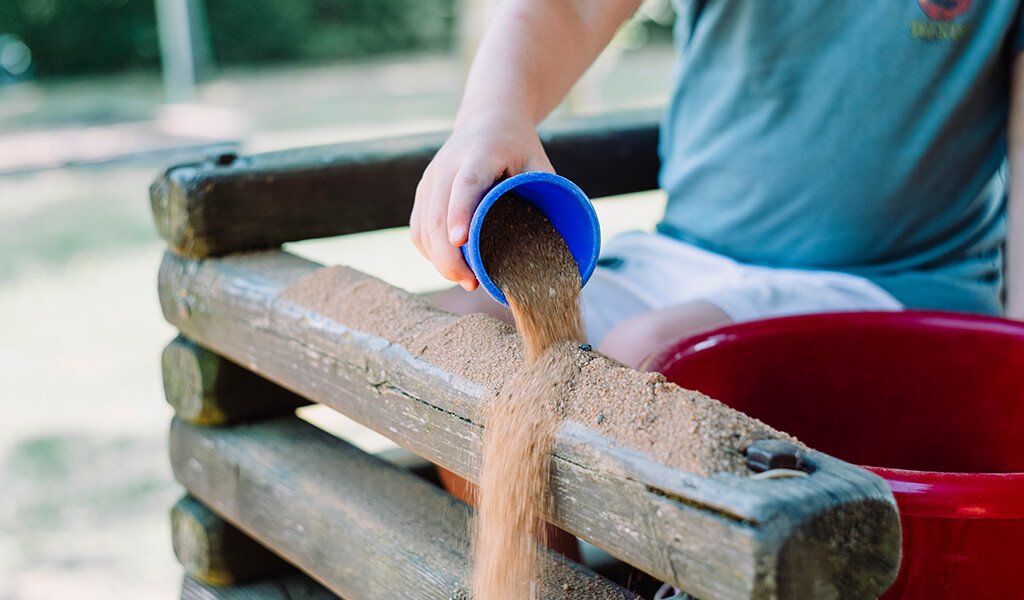
Years 4-6
At this age, children have a more developed set of motor skills, so their balance and dexterity will be more advanced than younger children. At this stage, they can use more advanced equipment in a safe and capable manner. This could include platforms with a higher distance from the floor, or more advanced features like climbing or ropes.
Secondary School
The disparity between age and ability is less defined by the time children get to secondary school. Children will usually be of a similar physical ability by this point, which reduces the risk of more severe injury through play. However, it’s easy to forget how small a Year 7 is compared to a Year 11… A lot of schools stagger their break times so that children can play with their own age groups, which usually helps prevent a football straight to the face!
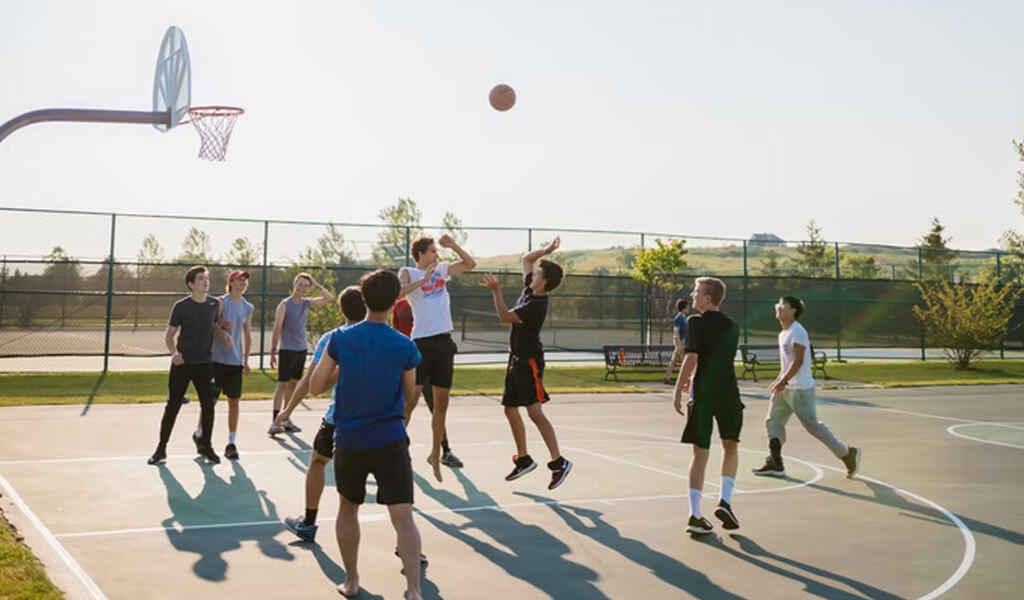
Play Surfacing
Play surfacing is an integral part of safety, and is the difference between injury and safety. No matter the age of the children using your surface, you should always ensure that the ground meets safety standards and minimises the risk of injury. By considering the age of the playground user and what kind of equipment or games will be used or played, this should clarify what surfacing will be the most appropriate.
For example, young primary-school aged children may benefit more from a wet pour surface, due to its impact absorbency qualities and ability to be customised in appealing bright colours. Meanwhile, a child approaching the end of secondary school might appreciate an artificial grass tennis court, providing them with a slip resistant and water permeable surface to hone their sports skills.
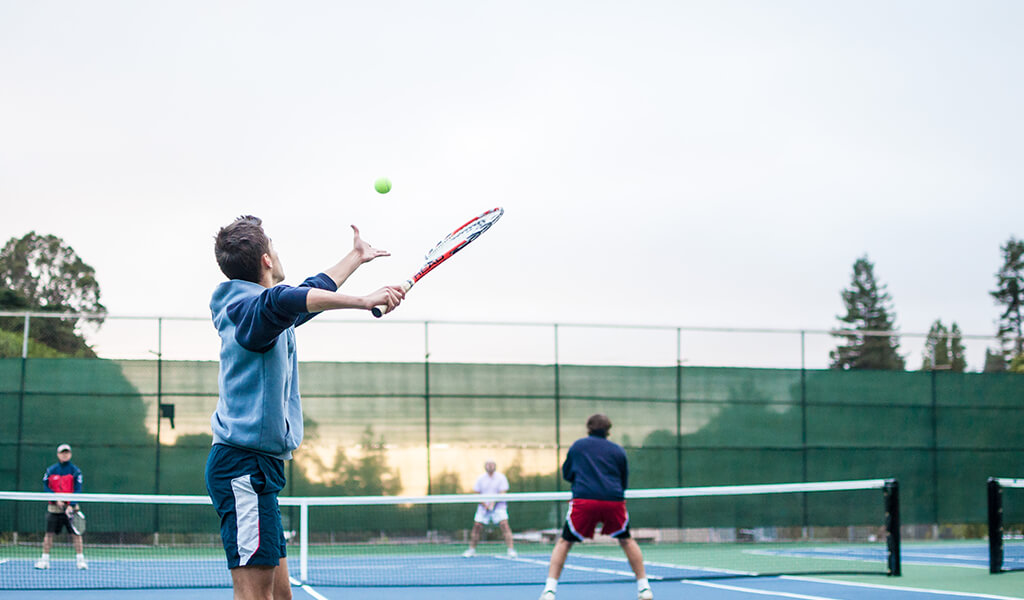
We hope this article has given you some inspiration into the many factors that influence the process of creating an accessible playground for all ages. Of course, if you need any more ideas, the team here at PlaySmart are all ears and can’t wait to help you build a stunning playground – just fill out our handy contact form.


